It’s difficult to imagine that there was a time when the Environmental Protection Agency (EPA) didn’t exist in the United States, but it actually wasn’t until 1970 that President Richard Nixon signed the order to create the agency.
From 1971 until 1977, the EPA hired freelance photographers to document just how bad the environmental problem was in the U.S. at the time.
These old photographs show just how polluted America’s air and waterways were before the EPA stepped in and cleaned them up. You can view more from the series here on Flickr.
1. “The Atlas Chemical Company Belches Smoke across Pasture Land in Foreground”

Photo Credit: US National Archives
2. “Smog Hangs Over Louisville And Ohio River, September 1972”

Photo Credit: US National Archives
3. “Burning Barge On The Ohio River”

Photo Credit: US National Archives
4. “Detroit Lake the Dam”

Photo Credit: US National Archives
5. “Paddlewheel Steamboats Seen From Banks Of Ohio River”

Photo Credit: US National Archives
6. “Litter Left In The Ohio River”

Photo Credit: US National Archives
7. “Broken Glass From “No-Deposit, Non-Returnable” Bottles Along the Washington Shore of the Columbia River in a Public Picnic Area”
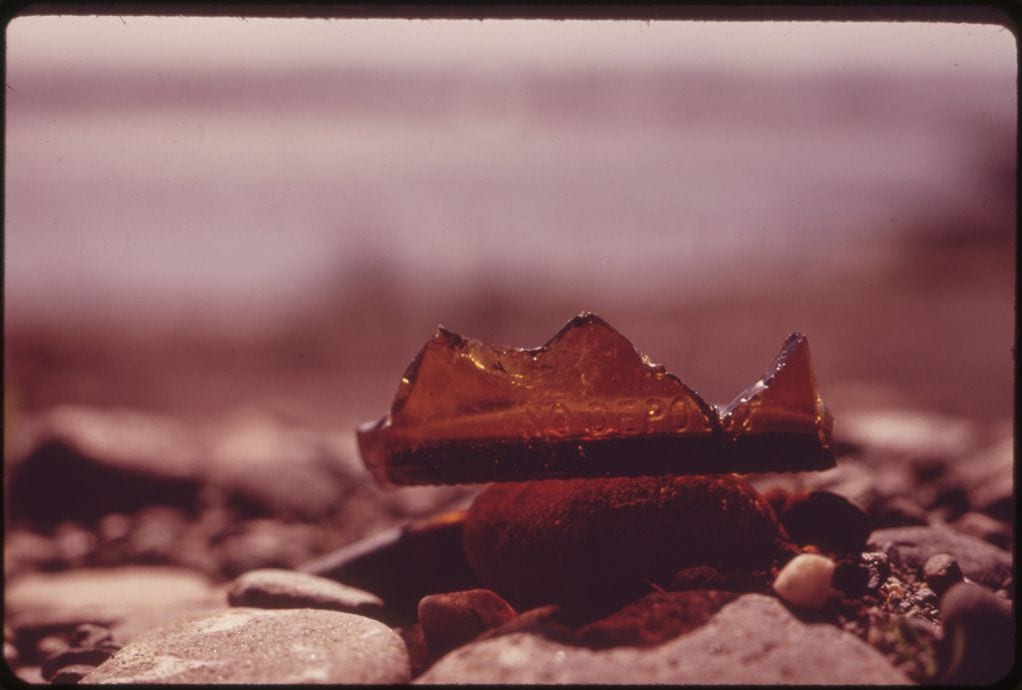
Photo Credit: US National Archives
8. “The Job Of Clearing Drift From The Potomac And Anacostia Rivers Is Done By The Army Corps Of Engineers”

Photo Credit: US National Archives
9. “Warning of Polluted Water at Staten Island Beach Verrazano-Narrows Bridge in Background”

Photo Credit: US National Archives
10. “Abandoned Car in Jamaica Bay”

Photo Credit: US National Archives
11. “Sand Covers Abandoned Car on Beach at Breezy Point South of Jamaica Bay”

Photo Credit: US National Archives
12. “Outflow Pipe 6 of the Oxford Paper Company Will at Rumford on the Androscoggin River”

Photo Credit: US National Archives
13. “Mary Workman Holds A Jar of Undrinkable Water That Comes from Her Well, and Has Filed A Damage Suit Against the Hanna Coal Company”

Photo Credit: US National Archives
14. “International Paper Company Mill at Jay on the Androscoggin River”

Photo Credit: US National Archives
15. “Cleaning Up the Roadside in Onset”

Photo Credit: US National Archives
Powerful photos, that’s for sure.
The post These Photos Show How Polluted America Was Before the EPA Cleaned It up appeared first on UberFacts.












 #соединённыештатыамерики
#соединённыештатыамерики
 #tokyo #japan #imperialpalacetokyo
#tokyo #japan #imperialpalacetokyo









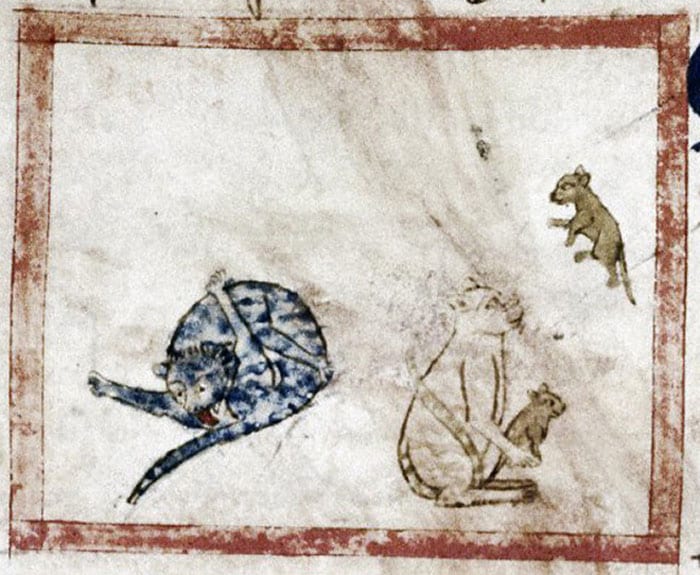


 – Via @pirate_forge #knife #blade #guillotine #knifeordeath #forgedinfire #edc #knifestagram #bladecommunity #knifeporn #sword #chopper #backwoods #pirate #swampninja #handmade #american #style #camping #prepper #outdoors #sportsman #badass #rustic
– Via @pirate_forge #knife #blade #guillotine #knifeordeath #forgedinfire #edc #knifestagram #bladecommunity #knifeporn #sword #chopper #backwoods #pirate #swampninja #handmade #american #style #camping #prepper #outdoors #sportsman #badass #rustic
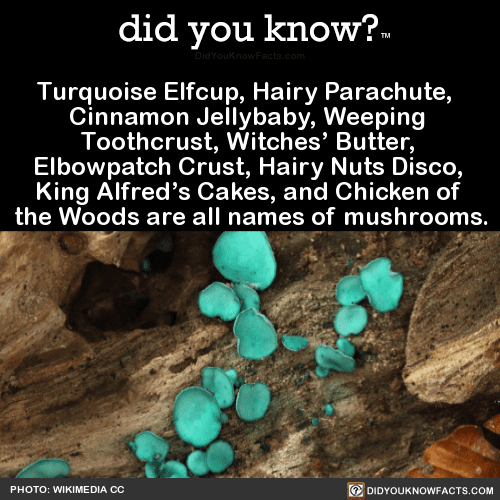













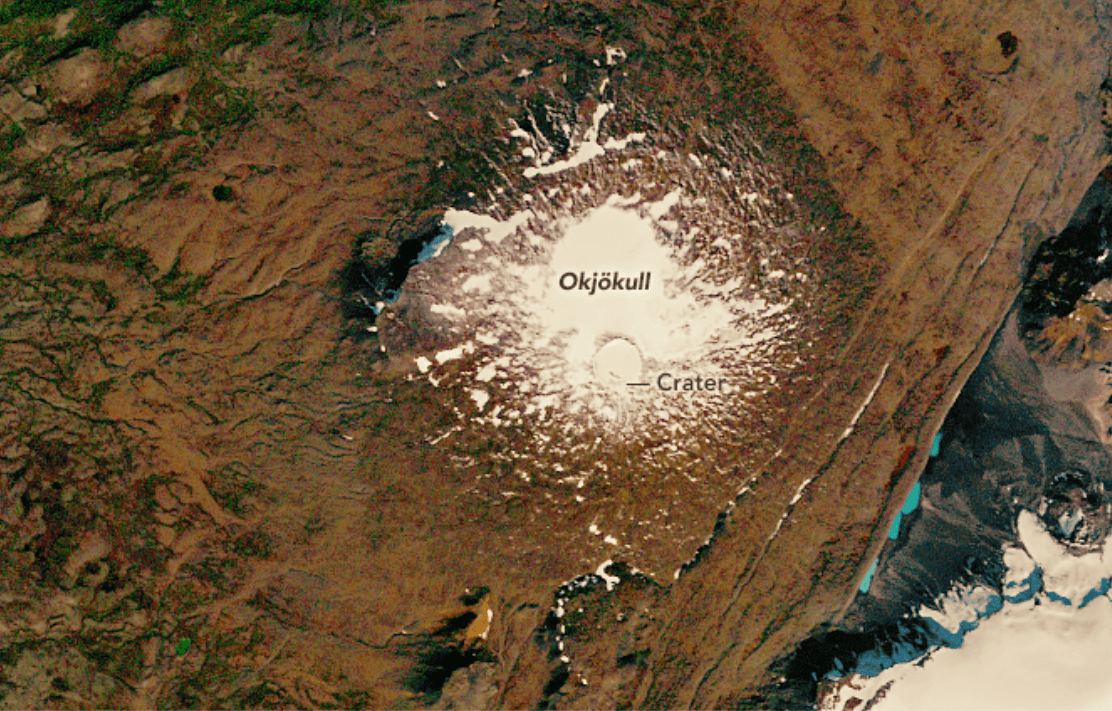
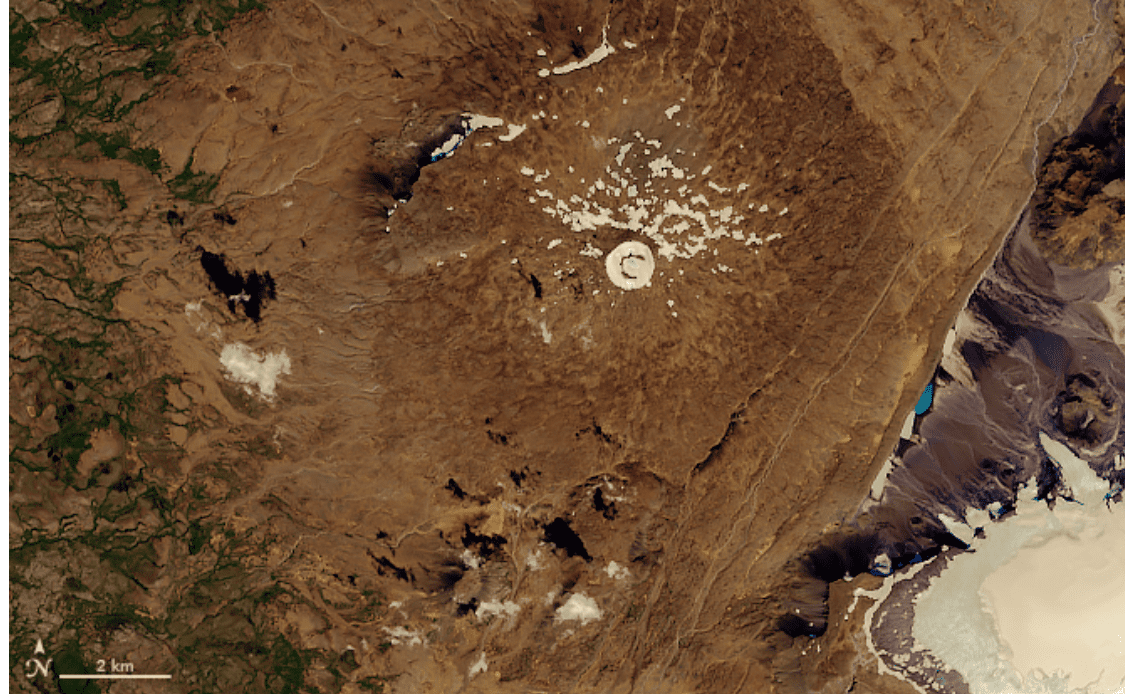

 MBTI High School Stereotypes
MBTI High School Stereotypes
 Also, somebody asked about doing a face reveal. Maybe at 1000 followers? . . . . #mbti #meme #mbtimemes #myersbriggs #16personalities #entp #estp #enfp #esfp #entj #estj #esfj #enfj #intp #istp #infp #isfp #intj #istj #isfj #infj
Also, somebody asked about doing a face reveal. Maybe at 1000 followers? . . . . #mbti #meme #mbtimemes #myersbriggs #16personalities #entp #estp #enfp #esfp #entj #estj #esfj #enfj #intp #istp #infp #isfp #intj #istj #isfj #infj